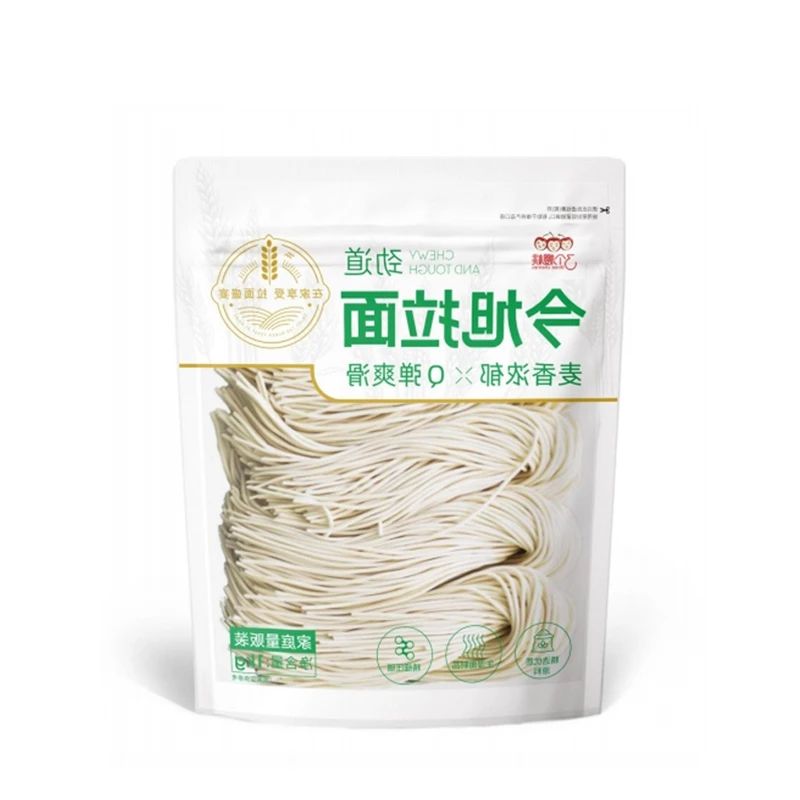fresh buckwheat noodles
The Delights of Fresh Buckwheat Noodles
Fresh buckwheat noodles, known for their unique flavor and nutritious profile, have gained popularity among health-conscious foodies and culinary enthusiasts alike. These delightful noodles, often referred to as soba in Japan, are made from buckwheat flour and water, offering a gluten-free alternative to traditional wheat noodles. In this article, we will explore the history, health benefits, preparation methods, and versatile uses of fresh buckwheat noodles, showcasing why they deserve a place in your kitchen.
A Brief History
Buckwheat has been cultivated for thousands of years, primarily in East Asia and Europe. While its exact origins are debated, it is most commonly associated with the mountainous regions of Japan, where it has been a staple food for centuries. Soba noodles, which can be served either chilled with dipping sauces or in hot soups, have a rich cultural significance, often enjoyed during celebrations and festivals. The introduction of fresh buckwheat noodles has revived interest in traditional methods of noodle-making, bringing a tender and slightly nutty flavor to modern plates.
Nutritional Profile
One of the most compelling reasons to incorporate fresh buckwheat noodles into your diet is their impressive nutritional profile. Buckwheat is naturally gluten-free, making it an excellent choice for those with gluten sensitivities or celiac disease. It is rich in high-quality protein, containing all nine essential amino acids, which is a rarity among plant-based foods. Additionally, buckwheat is a good source of dietary fiber, vitamins B1 and B2, and minerals such as iron, zinc, and magnesium.
Moreover, buckwheat is known for its antioxidant properties, particularly rutin, which has been linked to various health benefits, including improved circulation and reduced inflammation. The low glycemic index of buckwheat also makes it an ideal food for those monitoring their blood sugar levels. Integrating fresh buckwheat noodles into your meals can enhance your overall nutrition and wellness.
How to Prepare Fresh Buckwheat Noodles
Making fresh buckwheat noodles can be a rewarding culinary experience. The process typically involves the following steps
1. Ingredients Gather buckwheat flour and water. For added flexibility, some recipes may include a small amount of wheat flour, but strictly buckwheat is the healthiest alternative.
2. Dough Preparation Combine the buckwheat flour with warm water in a mixing bowl. Knead the mixture until it reaches a smooth, pliable dough. Ensure it is not too dry; the texture should be similar to a soft bread dough.
fresh buckwheat noodles

3. Rolling Out the Dough Dust a clean surface with extra buckwheat flour and roll out the dough to your desired thickness, typically around 1-2 mm.
4. Cutting the Noodles Using a sharp knife or a pasta cutter, slice the rolled dough into thin strips. Be sure to keep the cuts as uniform as possible for even cooking.
5. Cooking Bring a pot of water to a boil and gently add the fresh noodles. Cook them for around 3-5 minutes until they float to the top and are tender but not mushy. Drain and rinse with cold water to stop the cooking process.
Versatile Uses
Fresh buckwheat noodles can be enjoyed in myriad ways, making them a versatile addition to various cuisines
- Soba Salad Toss chilled noodles with fresh vegetables, sesame oil, soy sauce, and a sprinkle of sesame seeds for a refreshing salad.
- Soups Serve freshly cooked noodles in a warm broth with ingredients like mushrooms, scallions, and tofu for a comforting bowl of soup.
- Stir-Fries Incorporate buckwheat noodles into stir-fries with colorful vegetables and your choice of protein, creating a quick and satisfying meal.
- Cold Dishes Combine with cold dipping sauces such as soy or peanut sauce for a delicious appetizer or light lunch.
Conclusion
Fresh buckwheat noodles are not only a flavorful and nutritious addition to your meals, but they also connect you with the rich history of culinary traditions. Their versatility in the kitchen can inspire creativity and healthy eating habits. So, whether you're a seasoned chef or a novice in the kitchen, consider giving fresh buckwheat noodles a try. With their unique texture, delightful taste, and numerous health benefits, they are sure to become a cherished staple in your culinary repertoire.
-
Unleash Your Inner Chef with Delectable Italian Pasta CreationsNewsAug.01,2025
-
Savor Health and Flavor: Irresistible Soba Noodles for Sale Await!NewsAug.01,2025
-
Nourish Your Body with Premium Organic Ramen - A Culinary Delight AwaitsNewsAug.01,2025
-
Elevate Your Dishes with Our Exquisite Kinds of Egg NoodlesNewsAug.01,2025
-
Dive into Flavorful Convenience with Our Ramen OfferingsNewsAug.01,2025
-
Discover Exquisite Types of Naengmyeon and Chilled Soba NoodlesNewsAug.01,2025
-
Is Whole Wheat Pasta Healthy?NewsMay.30,2025
Browse qua the following product new the we

















































































































